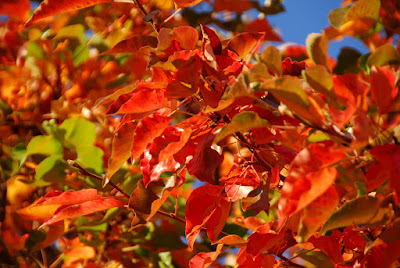Recently, I've become more aware that I live close to the
edge of all the world and western civilization, that is, the Pacific Ocean. It's just 40 minutes away with the car. I had driven along the coast on Highway 1, taken pictures of the Golden Gate, walked along Gold Bluffs beach, and even taken a brief swim at China Beach near San Francisco at some point. But by far the best way to get to know the ocean is to surf!
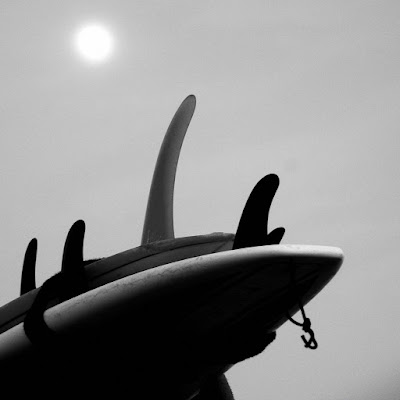
The best picture is the one that I could not take since I did not have my camera with me. I was surfing near Pleasure Point in Santa Cruz on November 15. There was a wonderful sunset - red, orange, golden colors, which reflected on the waves. The sun set near the Santa Cruz lighthouse. The Big Sur mountains looked close. Against the sunlight, surfers in dark wetsuits were dancing on the waves. I had fun, too, but wouldn't claim it was dancing and the ocean washed my face thoroughly a few times, leaving behind a salty though not unpleasant taste. Perhaps that's what makes the perspective from a surfboard so much more intense than standing on the shore with a camera or binoculars.
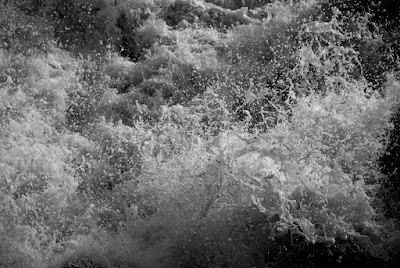
Another day I wanted to experience a "stormy" sea, so I went to Point Lobos with rain and strong winds in the forecast, and rubber boots so at least my feet would remain dry as I'd hike around the rocky beach. Water, rain, rocks, and birds put on a nice spectacle.
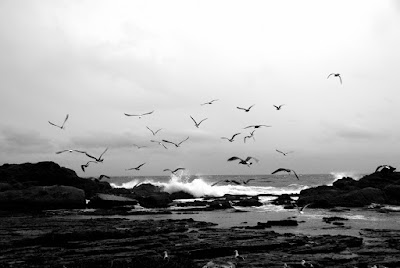
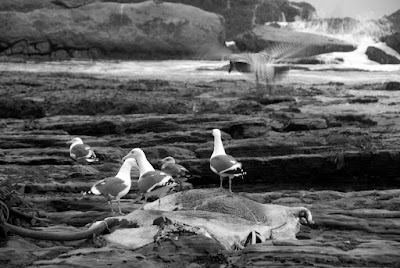
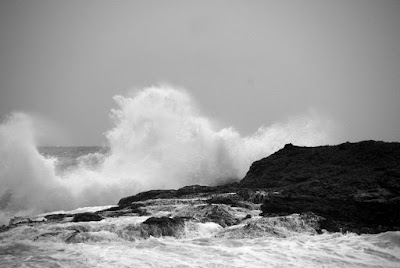
Of course, the typical fall colors in California are much less gloomy - surely in this state, making black and white pictures takes effort. Here is a picture of the Santa Cruz lighthouse with the more authentic Californian sunshine. Unfortunately the waves had been too small for a fun surfing session, so I was rollerblading along Cliff Drive with my camera.
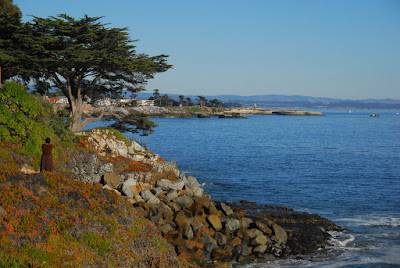
Last but not least some fall colors from Menlo Park, taken earlier today.
